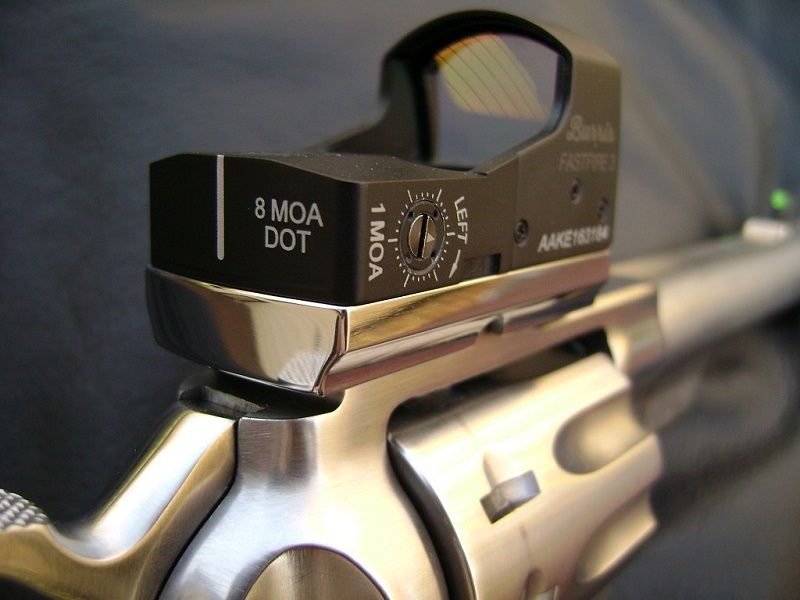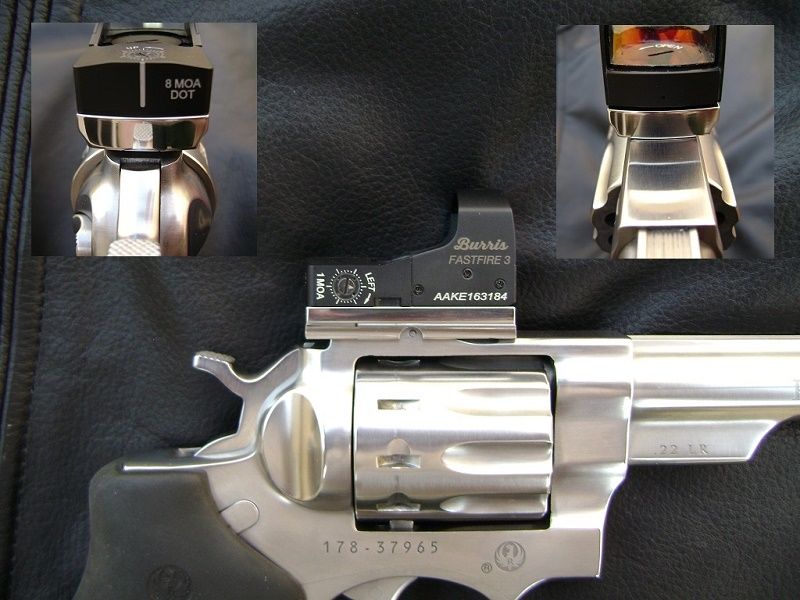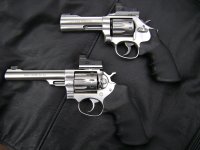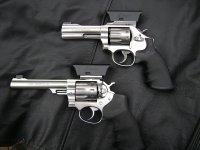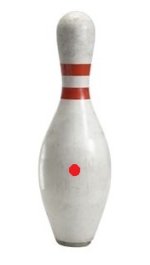Roland Thunder
New member
I am thinking of getting a red dot sight for my Sig 320 45acp FS. I am trying to determine which MOA would be best for what I am going to use it for. This would be mostly for competition bowling pin shoot at about 25 ft or target shooting at the same distance. I have pretty much narrowed it down to a Burris Fast Fire 3 or Vortex Viper/Venom. The Vortex isn't available in anything smaller than 6 MOA. Burris FF 3 is available in 3 MOA and 8 MOA.
Any suggestions?
Any suggestions?


